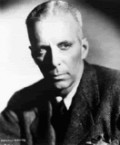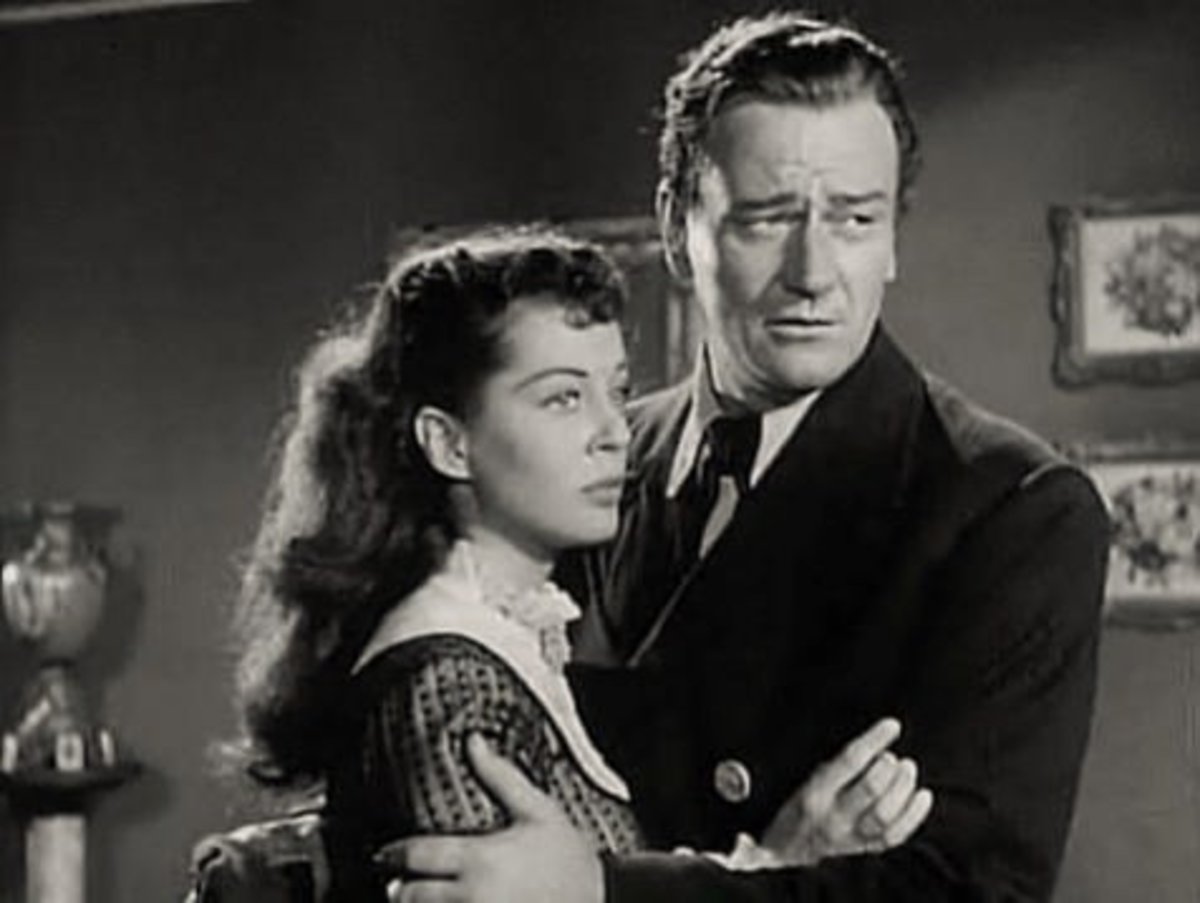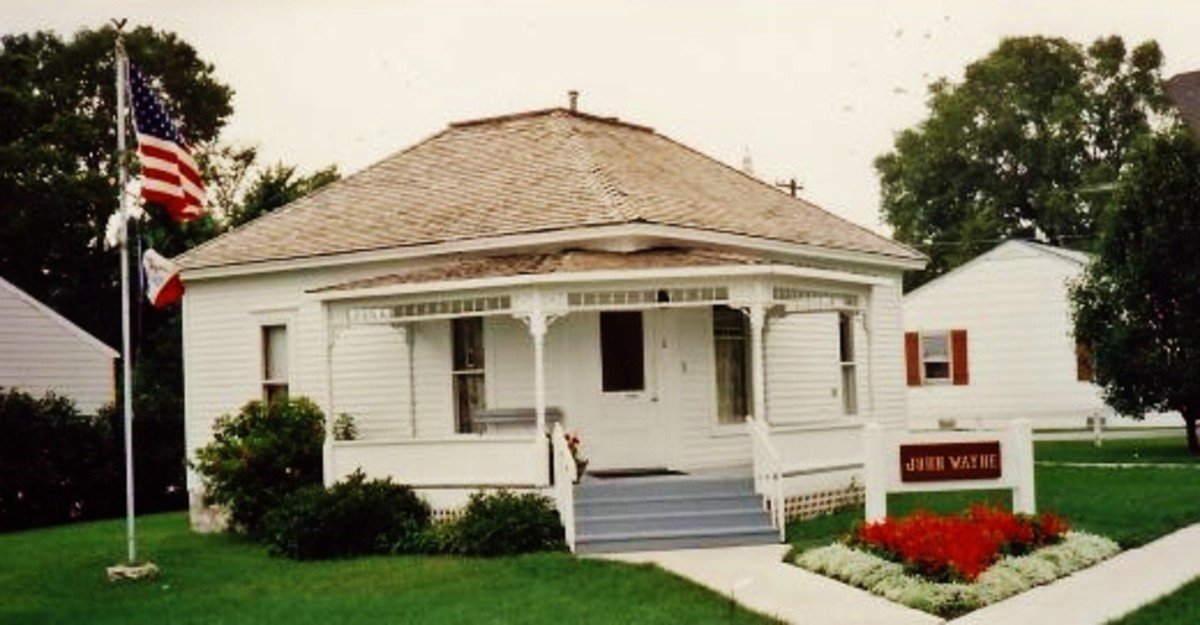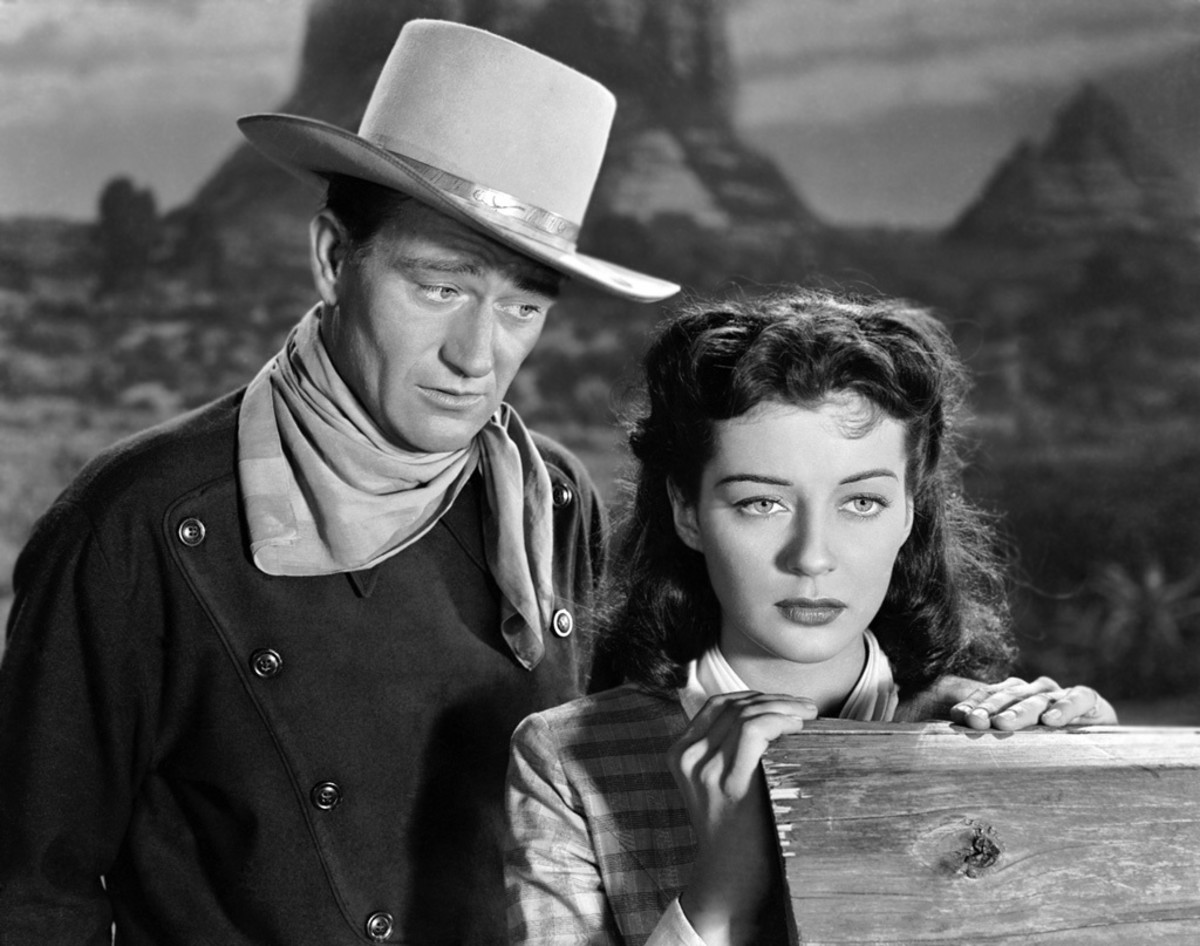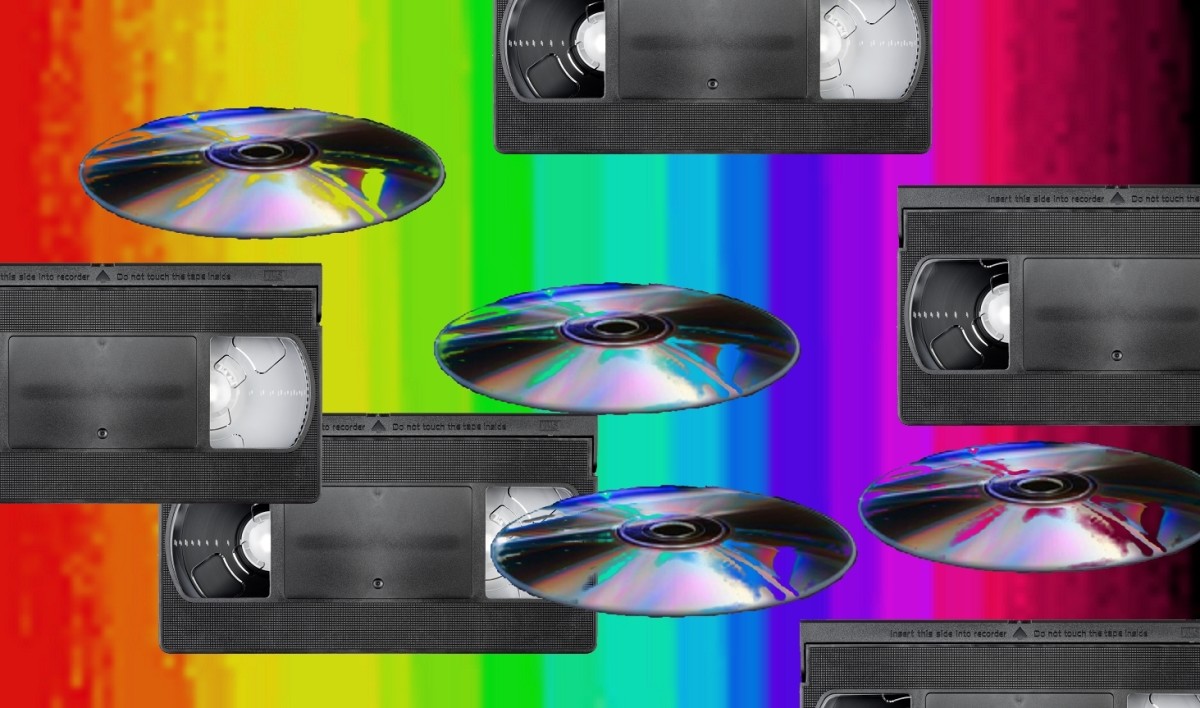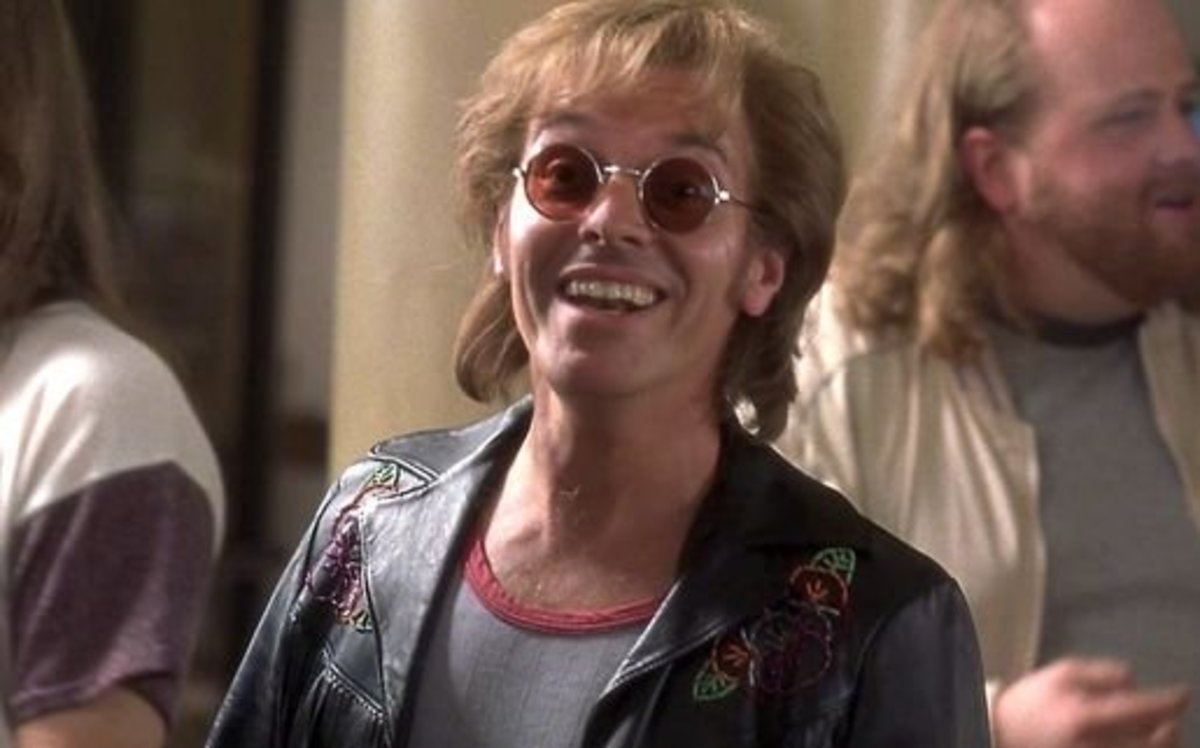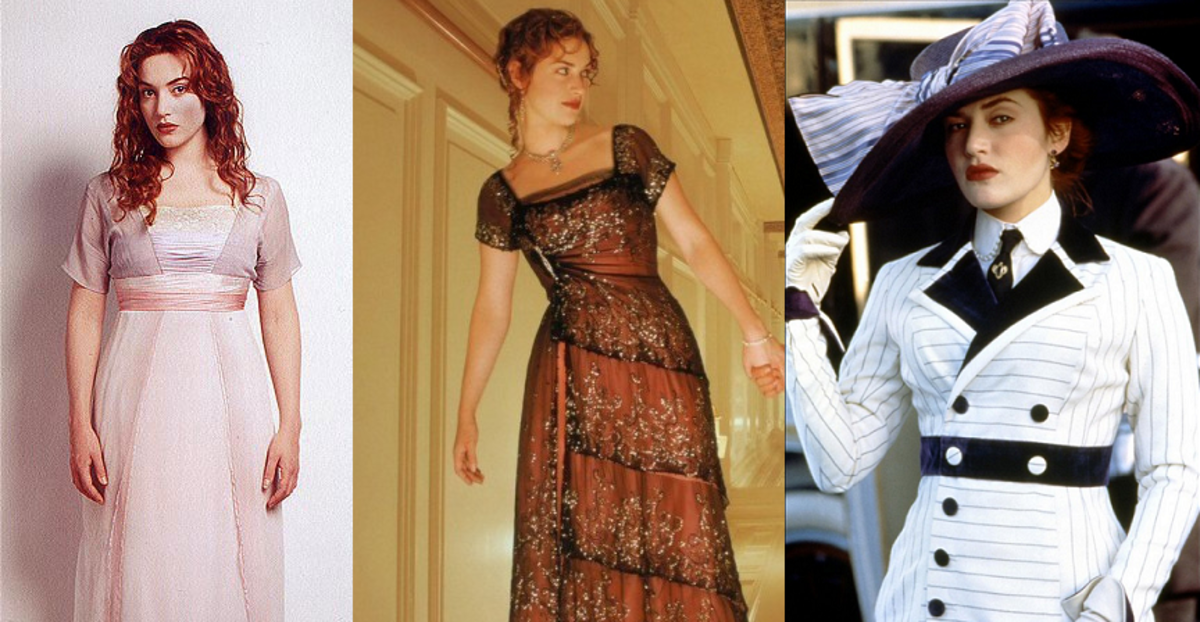Top Movie Directors-John Ford
Top Directors - John Ford
John Ford was born John Feeney on 1st February 1894. He was the son of Irish immigrants who lived in Cape Elizabeth, Maine.
He followed his brother Francis to Hollywood, just as California was taking over from New York as the centre of the film-making industry.
After a brief spell as an actor in his brother's directed movies; they swapped roles. John became a director, preferring a life behind the camera to one in front of it. Francis would do less directing but enjoy a prolific career as a bit-part actor, appearing in over 500 movies.
In this article, I will look at John Ford's career through a select number of movies rather than his entire canon, which is, to be honest, just too vast to cover in one article.
I hope movie buffs will forgive me this indulgence and I that I can still do justice to his talents in the movies I have chosen.
Orson Welles was once asked to name his top three directors and he responded thus; "That's easy, John Ford, John Ford and John Ford."
He admired John Ford so much that before making Citizen Kane, he watched Stagecoach (1939) 40 times in a row. He was looking at a classic to enable his own talents to develop from those of John Ford. The sincerest form of flattery is imitation.
Welles went on to direct one of the greatest movies of all time.
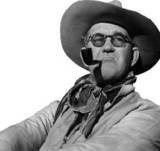
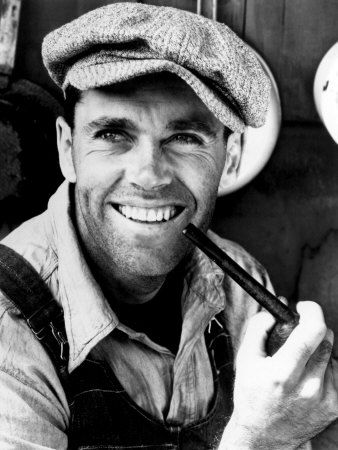
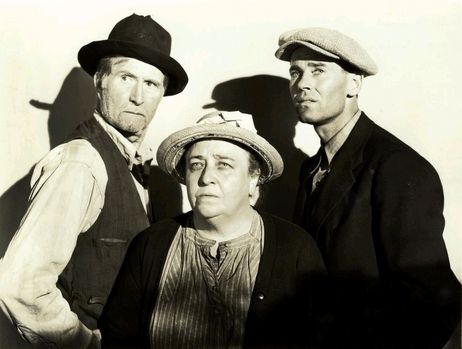
John Ford's The Grapes of Wrath
"Ain't you the preacher?"
"Not no more, I lost the spirit."
When Tom Joad (Henry Fonda) returns from prison, having served a sentence for manslaughter and happens upon the town preacher, Jim Casey (John Carradine) drinking by the side of the road, he knows immediately that things have changed in his home town since he's been away.
He finds his folks in a desperate state unable to grow crops after their land has become no more than a dustbowl due to drought.
Henry Fonda is young, lean and intense in the movie as we see him try to lead his folks to the promise of a life in California.
Along the way, we are party to the truly desperate sights of work camps set up to 'help' the disenfranchised, homeless of Oklahoma.
Will Tom be able to leave his past and discover a better life in the West?
The movie is one of John Ford's collaborations with his cinematographer Greg Toland so on the one hand we have this amazing expanse in the scenery, backgrounds and vistas but in the foreground we have Ford's characters with Ford's directing at its best, there with the people telling us their stories.
John Ford's conservatism in sharp relief to Toland's vast countrysides.
Isn't that why we love John Ford's movies though?
Does he do Steinbeck's novel justice?
Well, he tells the story in a cinematic way without punching any of his own idealism on the movie. It is a story about workers rights, poverty, respect and freedom - he tells it.
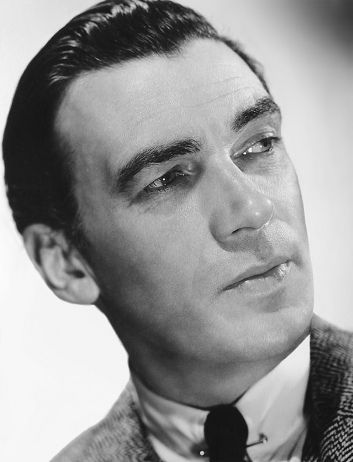
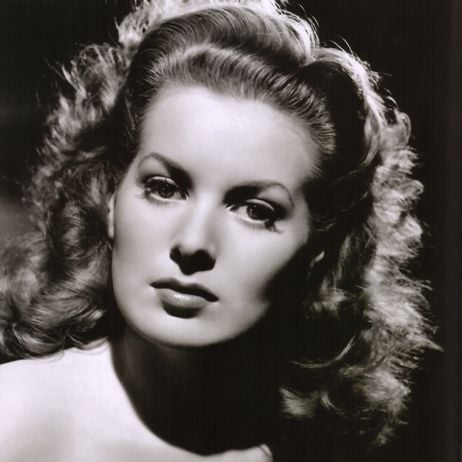
How Green Was My Valley
John Ford did have a bit of a reputation for being sentimental (on screen anyway!) and this movie can be sentimental at times but Ford took a wonderful novel by Richard Llewelyn and told its story on screen in just the way it was intended.
The story of a Welsh coal mining family living in a small mining village has all of Ford's masterful direction and cinematography again. He has to cover 50 years in the family's life and he does this by concentrating on the growing up of the youngest member of the family as we see unionisation, mine safety, war and the family's highs and lows throughout the movie. Ford gives us How Green Was My Valley like a photograph of the novel. He is true to all of its aspects and the movie beat Citizen Kane to the Best Movie Oscar.
Why? Because the watching public like to see how a family survives through life's events. We are all nostalgic for parts of our own past - How Green Was My Valley made audiences feel warm inside. Ford gave us beautiful Welsh valleys, grimy Welsh pitheads but most of all, as in all of his movies, he gave us people and all of their strife and triumph. This is a big part of his magic.
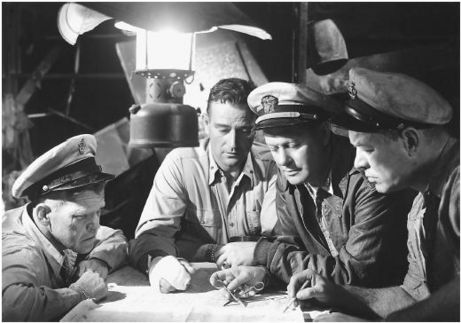
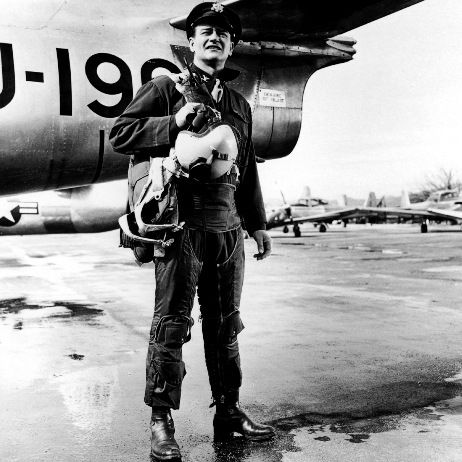
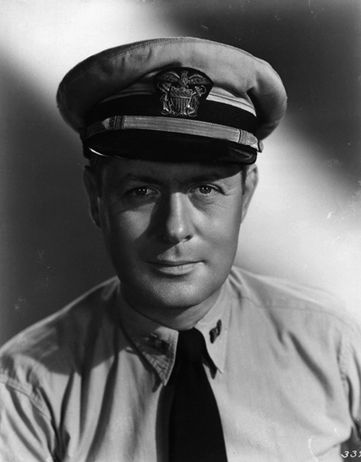
They Were Expendable
John Ford had just returned from active service himself when he was asked to direct the movie. He jumped at the chance, wanting to show some realism in the movie. At the time it was released in December, 1945, the US public had had enough of war movies and this tale of men frustrated by their inability to win because they were horribly outnumbered was out of step with the victorious mood in a now post-war United States.
John Ford worked with cinematographer John H August and although shot in black and white, the movie has a very fluid energy with the ocean, sun and on land shots all given equal artistry by August. The shots of the PT boats in the water are tremendous and this is an exciting movie because of the reality of those shots.
John Ford stuck to his guns in making a human story; John Wayne's frustrated sailor wanting to see battle always in conflict with his commanding officer played by Robert Mongomery.
Montgomery worked very closely with Ford to get the action just right. He had also just returned from serving in World War II. Ford respected Montgomery's contribution and listended intently when Montgomery made suggestions for his role.
John Wayne did not join up during WWII and John Ford was often critical of Wayne in this matter. The movie credited all of the actors with their rank in the armed forces. Wayne's stuck out like a sore thumb because he had no rank. Montgomery on the other hand had seen a lot of active service.
The movie has all of Ford's trademarks - great actors filmed at close enough quarters for us to see their eyes (he really believed all stories were told through actors' eyes, regularly filming from below or above actors to gain an insight into their thoughts), wonderful human stories- Wayne and Donna Reed fall in love but it is far from perfect, conflict is always there between Montgomery and Wayne and we have amazing action sequences with the PT boats ripping through the water protecting the Phillipines (actually shot in Florida).
The cinematography and direction are superlative and the movie didn't really become popular until years after it was made. It is thought that Stephen Spielberg was influenced by They Were Expendable and Battle of Midway when creating the opening sequences of Saving Private Ryan.
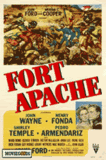
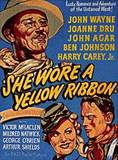
'Fort Apache' & 'She Wore A Yellow Ribbon'
The first and third of John Ford's cavalry trilogy, these two movies see him at his cinematic best in two movies with men in uniforms but with a Western theme.
John Ford has two of his favourite actors, Henry Fonda and John Wayne pitched against one another in a tale of the glory and sanctity of the US Armed Forces.
Ford put his own views on show too in regard to his belief in the mistreatment of the Indians and especially in the way they are portrayed in history books.
Fonda is brilliant as Thursday, a cavalry commander in charge of everyone and everything in his life; a man who believes in class distinctions and loses many of his men in battle because he is too stubborn to listen to Captain York (John Wayne).
Wayne is, as always the best cowboy there's ever been and he even pulls this off in cavalry twill.
She Wore A Yellow Ribbon
Award-winning photography by Winston C Koch in glorious technicolor gives She Wore A Yellow Ribbon an immediate appeal and John Wayne's acting is also rather good as Captain Brittles, a cavalry officer who leaves his fort to make peace with the indians at their reservation and in so doing, gains his men's respect.
Sounds unexciting but it is another of John Ford's looks at human nature in a historic context.
What John Ford always seems to achieve is an understated realism; telling the story through the eyes again.
When Wayne's men honour him upon his retirement with a pocket watch, he readjusts his spectacles to read the inscription and Ford lets us see Wayne's tear filled eyes and feel his emotions just for that moment when he feels both proud of his career and sentimental for his guys.
I defy anyone not to get a lump in their throat at that scene.
The third part of the trilogy, Rio Bravo is another Wayne movie, also successful.
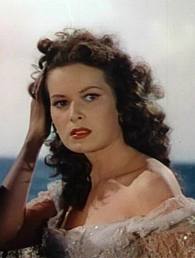
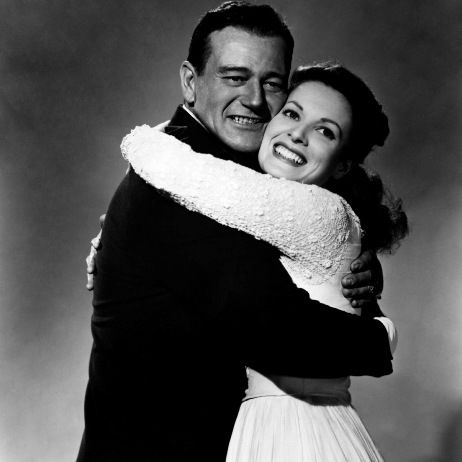
The Quiet Man
She Wore A Yellow Ribbon had its fair share of sentimentality but in general, it was a story of a man being principled in the name of peace whilst wearing a cavalryman's uniform.
In The Quiet Man, John Ford gives us his favourite actor and actress in the same movie; John Wayne and Maureen O'Hara.
The movie is a sentimental tale of an Irishman, boxer Sean Thornton returning to his hometown after killing a man in the ring so straight away, the audience is rooting for this man, hoping he will find his way back to a good life from the hell going around in his head.
He buys the cottage in which he was born, incurring the wrath of local man Red Will Danaher but is then at odds with Danaher's sister, Mary-Kate , played in true redhaired and angry Irish style by Maureen O'Hara.
The countryside is like another character in the movie and beautifully shot by John Ford in one of his best movies.
Irish director, Neil Jordan has called The Quiet Man 'a cliche of Ireland' but we forgive John Ford anyway. John Wayne revels in one of his most physical roles and the boxing ring scenes are second to none, John Ford at his best.
John Wayne is such a likeable character that it is inevitable that he will eventually get the girl but John Ford takes us through the torture of Wayne's torment, his redemption through his desire for O'Hara (though she puts up a good fight) and his conflict with Walter McLaglen is always there in the background to keep us on the edge of our seats.
I never get tired of this film, my favourite lazy Sunday afternoon movie.
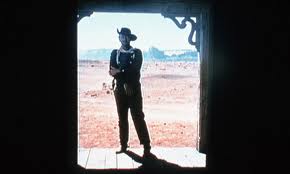
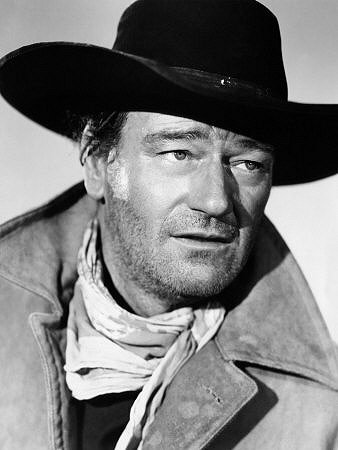
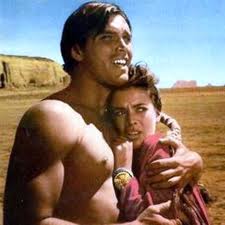
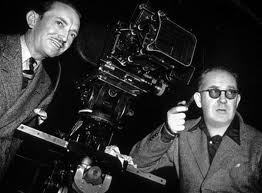
The Searchers
And finally....I bring you to The Searchers, arguably John Ford's greatest movie.
John Wayne, once again plays a troubled former soldier, Ethan Edwards, returning to the bosom of his family with his own secrets safely stored in his mind and his stolen Yankee gold.
John Ford certainly seemed to revel in movies with flawed heroes and there are none more flawed than Edwards.
The Searchers would spawn lots of imitators in the sixties and seventies but it stands alone as the ultimate redemption movie - a man in search of his niece but also in search of himself.
We will watch the whole tale from the edge of our seats as once again Wayne gets in the saddle and takes on the Indians but he won't find his way back from the man he has become this time.
Ford imbues The Searchers with a historical realism where no punches are pulled - this time the ending of the movie is ambiguous, Ethan saves the girl but not himself.
Of course, that's never enough for John Ford. In The Searchers we get to see him be puppet master of Wayne's tormented Ethan, trapped inside his own head, a man who despises the Comanches but even in saving his niece considers taking her life because she is not 'white', the influence of the Indians on her has been so pervasive.
John Wayne was unafraid to play Ethan Edwards in an unheroic, deeply flawed way. He is a man difficult to like, an anti-hero but Ford is always in charge of the outcome in this movie.
The beautiful Monument Valley is the backdrop for much of the film but Ford uses amazing character framing to remind us that in this place, man is dwarfed by his landscapes and Ethan Edwards is a man both at home here but also lost.
Wayne's portrayal is amazing testament to his often underrated acting talents.
You will dislike this man thoroughly but you will understand how his own experiences, in life, in the civil war, in the pursuit west, in his hatred of the indians and in fighting off his enemies has shapes his life.
The Searchers is a brilliant movie and John Ford was a top movie director. Perhaps his talents have yet to be bettered?
Many thanks for reading.


